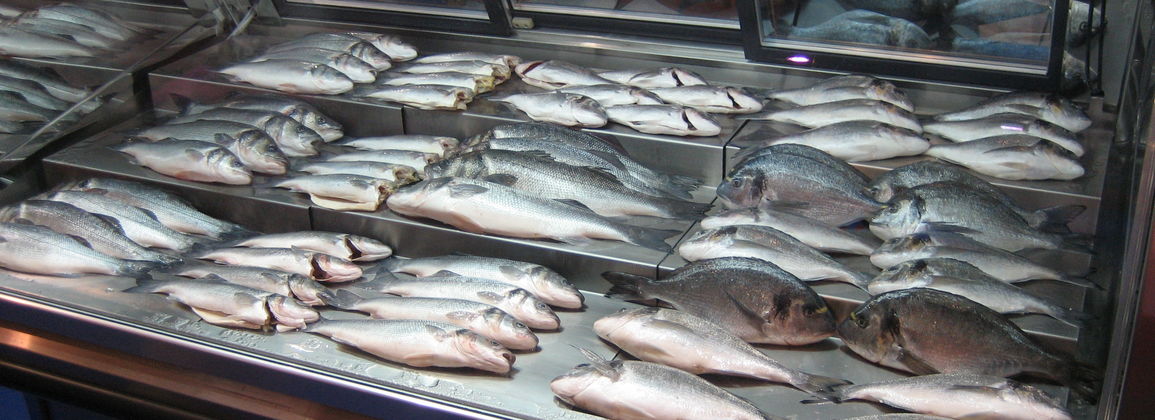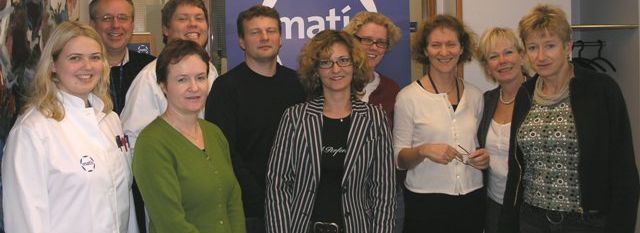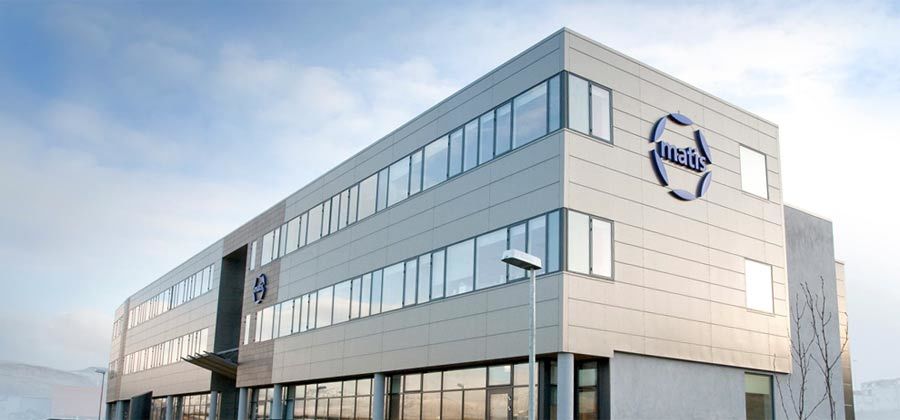Many believe that electronic markings will replace traditional bar codes in the coming years. Matís has recently years participated in a development project that aims to label fish tanks electronically. Such markings will increase the possibility of exploiting traceability and, among other things, enable companies to send electronic information to buyers about where the product is caught, where it has been processed and which way it has gone to market.
Demands from producers and consumers for an increased flow of information and better labeling of food are constantly increasing. It can be said that the development of electronic labeling for fish tanks is part of that development. For example, it is believed that electronic labeling will even make it possible for the refrigerator of the future to receive information and disseminate it to consumers, whether it is information about the last day of sale of food, the content of allergens or what side dishes apply to Icelandic cod. . It is also hoped that the refrigerators of the future will be able to communicate wirelessly with food manufacturers' databases, which will, for example, be able to warn consumers in the event of foodborne infections that may be related to the food in the refrigerator.
Experimental production of the refrigerators of the future has already begun, for example at Innovation Lab in Denmark. The company says that the refrigerators will be on general sale in 5-10 years.
The development of electronic labeling for fish tanks, which is funded by the AVS fund, is carried out in collaboration with FISK Seafood, Sæplast and Maritech. The results of the project are expected in the coming weeks.







 Angelica was previously considered a budding remedy and was also considered a remedy for all. Now the interest in this herb is resurfacing as people become more aware of the substances it puts into it. Angelica has been used to flavor food and is considered a good herb. Therefore, it is interesting to look at what it means in the taste quality of meat to raise lambs in part on angelica before slaughter.
Angelica was previously considered a budding remedy and was also considered a remedy for all. Now the interest in this herb is resurfacing as people become more aware of the substances it puts into it. Angelica has been used to flavor food and is considered a good herb. Therefore, it is interesting to look at what it means in the taste quality of meat to raise lambs in part on angelica before slaughter.
